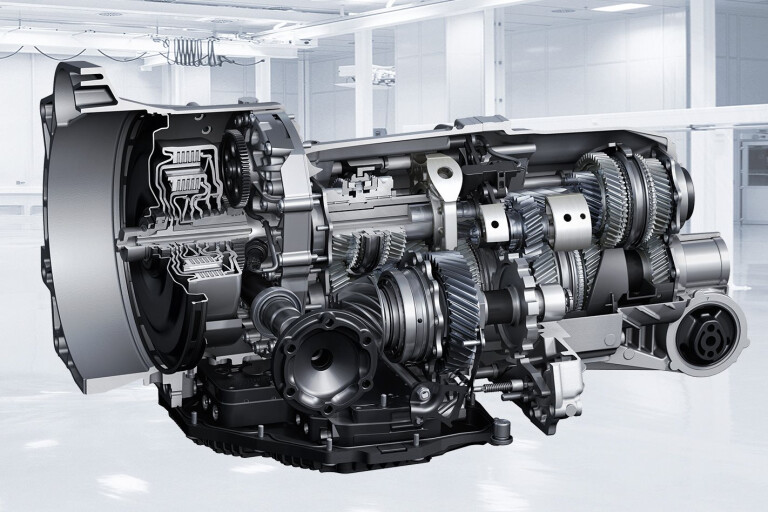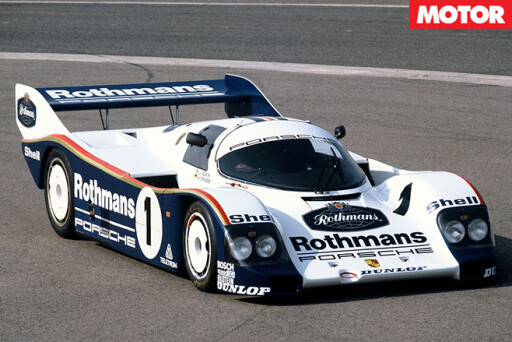
A decade ago, when most automatic transmissions were of the torque converter type, the slurred responses and inefficiency that went with a fluid-drive coupling meant the less expensive manual gearbox filled a fuel-efficient niche.
Today, though, the pervading dual-clutch is quicker to shift and delivers superior economy to a manual. At the same time, it delivers driver satisfaction a Tiptronic auto can’t, despite lacking the control and driver involvement of operating a manual’s gearstick and third pedal.
Yep, blame the dual-clutch for accelerating the demise of the classic, exposed-gate DIY transmission. It’s becoming more common to find an old-school stick shifter in the cost-conscious light hatchback segment than in a supercar. Ferrari doesn’t even offer a manual model, neither does Porsche in its driver-focused GT3.
Despite being relatively new to road cars, the dual-clutch could be considered old-school cool. The transmission made its motor racing debut in ’80s icons like the Le Mans Porsche 956 and World Rally Audi Sport Quattro (see breakouts).
 Yet its origins go back even further than these winged monsters: French engineer Adolphe Kégresse, best known for designing the half-track – a military truck with tank-like rear tracks – dreamt up the dual-clutch in 1939. His revolutionary transmission had been intended for the Citroën Traction Avant.
Yet its origins go back even further than these winged monsters: French engineer Adolphe Kégresse, best known for designing the half-track – a military truck with tank-like rear tracks – dreamt up the dual-clutch in 1939. His revolutionary transmission had been intended for the Citroën Traction Avant.
Later, in the early ’80s, British company AP developed dual-clutch prototypes, however it was Volkswagen that readied the automated manual for the road. The dual-clutch made its mass production debut as the direct-shift gearbox (DSG) in the 2003 Mk4 Golf R32, and Volkswagen remains the world’s biggest producer of the semi-automatic. Yet it seems from Volkswagen’s recent woes, durability (and driveability) wrinkles are yet to be completely ironed out.
Since then, car makers and transmission manufacturers such as Getrag and Graziano have developed their own versions, and the dual-clutch has become the standard self-shifter for many marques.
 The clutches involved are like those of a motorcycle and, unlike conventional manual clutches, are designed to slip happily for extended periods. It’s this ability that allowed Porsche to create intermediate ‘virtual’ ratios.
The clutches involved are like those of a motorcycle and, unlike conventional manual clutches, are designed to slip happily for extended periods. It’s this ability that allowed Porsche to create intermediate ‘virtual’ ratios.
Obviously, a Panamera Turbo with a seven-speed transmission has none of the limitations of a two-speed Toyoglide Corolla, but the new function can offer, say, a handy extra 6.5th ratio by hovering between sixth and seventh while slipping both its wet clutches.
On the move, dual-clutches are quick-shifting and offer uninterrupted power delivery, however, depending on the transmission and its computer calibration, low speed throttle tip-in, the sort that’s important when parking, can be jerky.
Like many modern systems threatening to make the driver redundant, the best examples make the problem insignificant, while in less polished applications you’ll wish for the smoothness of a torque-converter. Or a good old-fashioned manual.

COMMENTS